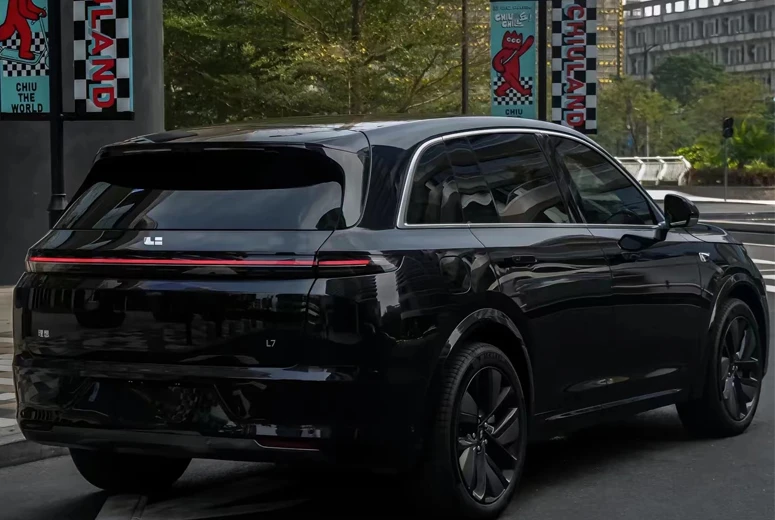Understanding Motor Transmission Systems for Enhanced Vehicle Performance and Efficiency
Understanding Motor Transmission The Heart of Vehicle Performance
Motor transmission is a crucial component in vehicles, serving as the link between the engine and the wheels. It plays a fundamental role in converting the engine's power into the rotational force required to drive the vehicle forward. This article explores the different types of motor transmissions, their mechanisms, and their impact on vehicle performance.
Types of Motor Transmissions
There are primarily two types of motor transmissions used in vehicles automatic and manual transmissions.
1. Manual Transmission Often referred to as a stick shift, the manual transmission requires the driver to manually shift gears using a clutch pedal and gear stick. This type of transmission offers drivers greater control over the vehicle's power and speed, making it popular among enthusiasts. Drivers can select the most appropriate gear for various driving conditions, allowing for optimal power output and fuel efficiency. However, it also demands more skill and engagement from the driver.
2. Automatic Transmission In contrast, automatic transmissions handle gear shifting automatically, allowing the driver to focus on steering and acceleration without the need to work a clutch and gear stick. Modern automatic transmissions utilize sophisticated computer systems to determine the best shifting points based on speed, engine load, and other parameters. Variants such as Continuously Variable Transmission (CVT) provide seamless acceleration without noticeable shifting, enhancing ride comfort and fuel efficiency, particularly in urban driving conditions.
Mechanisms of Transmission
The primary function of a motor transmission is to manage the torque produced by the engine and to deliver it to the wheels effectively. This is achieved through a series of gears that either multiply torque or increase speed, depending on the driving needs.
- Gear Ratios Each gear in a transmission provides a specific gear ratio that determines how many times the engine turns for each wheel rotation. Lower gears (like first or second) provide higher torque, beneficial for starting and climbing steep grades. Higher gears (like fourth or fifth) reduce engine RPM, improving fuel efficiency during highway driving.
motor transmission

- Torque Converters In automatic transmissions, torque converters facilitate the transition between gears. They allow the vehicle to remain stationary while the engine runs, solving the potential stalling issue of manual transmissions. By using a fluid coupling mechanism, torque converters enhance the engine's performance during acceleration while simultaneously ensuring smooth transitions between gears.
Impacts on Vehicle Performance
The type and design of motor transmission significantly influence a vehicle's overall performance.
- Fuel Efficiency Vehicles equipped with modern automatic transmissions or CVTs are known for increased fuel economy. By optimizing engine RPM and minimizing unnecessary gear changes, these transmissions reduce fuel consumption, which is increasingly vital in today's environmentally conscious climate.
- Speed and Acceleration Performance-oriented vehicles often feature advanced transmissions to maximize acceleration. Dual-clutch transmissions (DCT), for instance, allow for faster gear shifts, providing a thrilling driving experience.
- Driver Engagement While some drivers appreciate the efficiency and ease of automatic transmissions, others prefer the engagement offered by manual transmissions. The ability to control gear shifts can enhance the experience for enthusiasts, particularly when driving in challenging conditions.
Conclusion
Motor transmission is a foundational aspect of vehicle design that directly impacts performance, fuel efficiency, and driver experience. Understanding the differences between manual and automatic transmissions, as well as their workings, can help consumers make informed choices when purchasing a vehicle. As technology continues to evolve, future innovations in transmission design promise to push the boundaries of vehicle performance further, ensuring that drivers enjoy safe, efficient, and exhilarating rides. Whether one prefers the hands-on connection of a manual or the ease of an automatic, the transmission will always be at the core of driving.
-
Hydraulic Lock Assembly for SHACMAN Truck Parts – Durable & ReliableNewsJul.28,2025
-
SINOTRUK HOWO 84 Electric Dump Truck for Eco-Friendly Heavy HaulingNewsJul.26,2025
-
The Fast 16-Gear Manual Transmission Assembly for Heavy TrucksNewsJul.25,2025
-
Mercedes Benz Actros 1848 42 Tractor Truck for Sale - Reliable PerformanceNewsJul.24,2025
-
High-Quality Water Pump Assembly for Sinotruk Trucks – Durable & ReliableNewsJul.23,2025
-
Premium Truck Engine Antifreeze Coolant Fluid for Heavy Duty VehiclesNewsJul.22,2025
Popular products

























